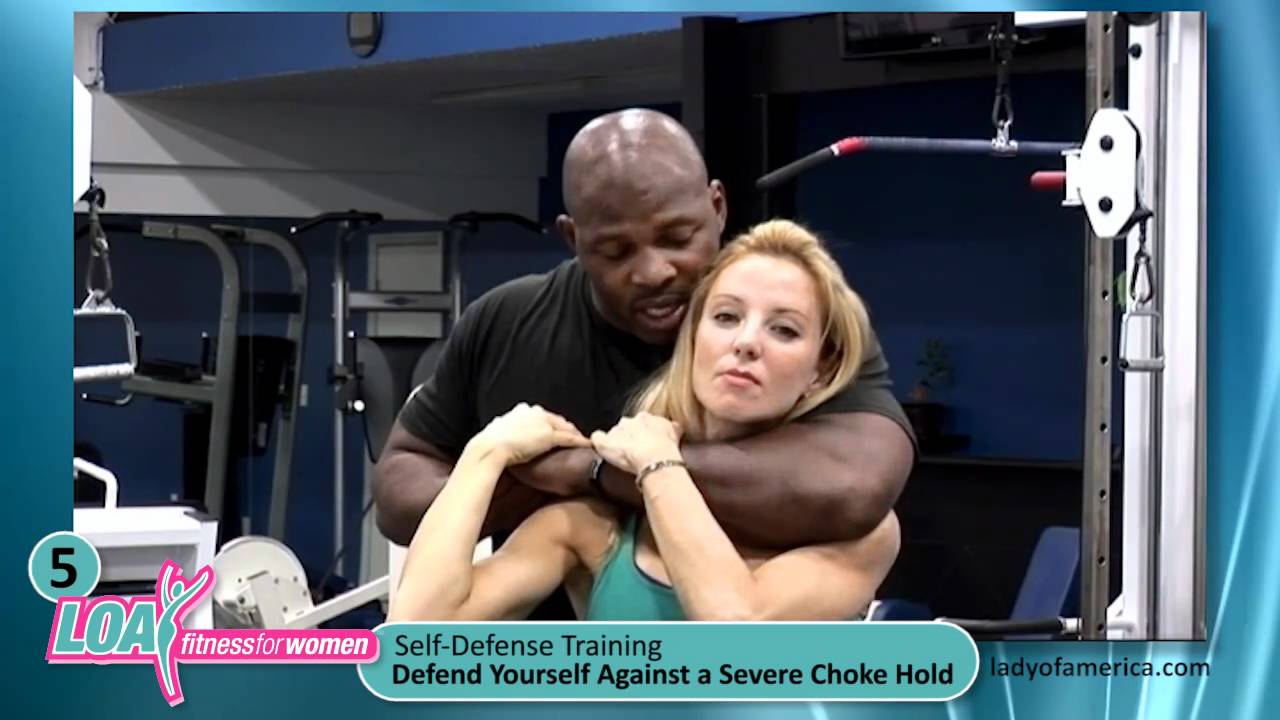Womens Self Defense
Empowerment Training: Building Confidence and Resilience

Title: The Top 5 Self-Defense Techniques Every Woman Should Know
Hello, lovely ladies! My name is Jade Tripp, and I am here to empower you with the knowledge and skills you need to protect yourself in any situation. As an expert in women’s self-defense and personal protection, I have seen firsthand the importance of being prepared and confident in your ability to defend yourself. In this article, I will be going over the top 5 self-defense techniques every woman should know.
1. The Palm Strike: This simple yet effective technique involves using the heel of your palm to strike an attacker’s nose, throat, or groin. By aiming for these vulnerable areas, you can incapacitate your attacker and create an opportunity to escape. Just remember to keep your arm straight and use your body weight to generate power.
Real-life example: Emma was walking home from work one day when a stranger approached her and tried to grab her. Remembering what she had learned in a self-defense class, Emma quickly performed a palm strike to her attacker’s throat, giving her enough time to scream for help and get away safely.
2. The Elbow Strike: Elbows are one of the strongest parts of your body, making them an excellent weapon in self-defense situations. By using a sharp elbow strike to an attacker’s face or ribs, you can create distance and incapacitate them long enough to escape to safety.
Real-life example: Sarah was cornered in a parking lot by a man demanding her purse. Without hesitation, she delivered a powerful elbow strike to his ribs, causing him to double over in pain and giving her the chance to run to a nearby store for help.
3. The Groin Kick: The groin is a sensitive area for both men and women, making it an effective target in self-defense. By delivering a swift kick to an attacker’s groin, you can quickly incapacitate them and create an opportunity to escape.
Real-life example: Jessica was out for a run when a stranger attempted to grab her from behind. Remembering her self-defense training, Jessica spun around and delivered a powerful kick to her attacker’s groin, allowing her to break free and run to safety.
4. The Wrist Grab Escape: In situations where an attacker grabs your wrist, it is crucial to know how to break free effectively. By twisting your arm in the direction of your attacker’s thumb and quickly pulling away, you can release their grip and create an opportunity to flee.
Real-life example: Taylor was waiting for the bus when a man grabbed her wrist and tried to drag her away. Using the wrist grab escape technique she had learned in a self-defense class, Taylor twisted her arm and pulled away, freeing herself from her attacker’s grasp and running to a nearby group of people for help.
5. The Verbal De-escalation: Sometimes, the best way to protect yourself is by avoiding physical confrontation altogether. By using assertive communication and setting clear boundaries, you can potentially diffuse a situation before it escalates into violence.
Real-life example: Maya was at a party when a drunk acquaintance started getting too aggressive. Instead of resorting to physical force, Maya calmly but firmly told him to back off and leave her alone. The man, realizing she would not be an easy target, backed away, and Maya was able to leave the party safely.
Remember, self-defense is not just about physical techniques; it is also about awareness, confidence, and empowerment. By arming yourself with knowledge and practicing these techniques regularly, you can increase your chances of staying safe in any situation. Stay strong, stay safe, and never underestimate the power of a woman who knows how to protect herself. You’ve got this!
Womens Self Defense
Uniting for Justice: Community Organizations Push for Stronger Self-Defense Legislation

Uniting for Justice: Community Organizations Push for Stronger Self-Defense Legislation
In recent years, the dialogue surrounding self-defense laws has grown more complex and critical, highlighting the need for a re-examination of legal frameworks that govern individual conduct during life-threatening encounters. As issues of personal safety, inequality, and the right to self-defense collide, community organizations across the nation are uniting to advocate for stronger self-defense legislation that not only protects individuals but also addresses systemic injustices.
The Current Landscape
Self-defense laws vary widely from state to state, resulting in a patchwork of regulations that can often leave marginalized communities under-protected. Some states have “Stand Your Ground” laws which give individuals the right to use force without the duty to retreat when threatened. Meanwhile, others adhere to more traditional “Duty to Retreat” principles, requiring individuals to avoid confrontation when possible. This inconsistency can lead to unintended consequences, particularly for people of color and those from lower socioeconomic backgrounds, who might be disproportionately criminalized in self-defense situations.
The Call for Reform
In response to these disparities, community organizations are rallying for legislative change. Groups focused on social justice, civil rights, and public safety are coming together to craft proposals aimed at reforming self-defense laws. These advocates argue that it is essential not only to ensure the right to defend oneself but also to create an equitable legal framework that reduces bias in how self-defense cases are prosecuted and adjudicated.
Key Proposals
-
Enhanced Training and Awareness: One significant proposal advocates for mandatory training in self-defense laws for both civilians and law enforcement. Understanding the legal implications of self-defense can empower individuals to make informed decisions during high-pressure situations.
-
Bias Review Measures: Community organizations are pushing for legislative measures that require law enforcement to undergo training on implicit bias and the historical context of self-defense laws. This could mitigate the risk of racial profiling and ensure that self-defense claims are evaluated fairly.
-
Legal Support and Resources: Providing legal resources and support for individuals who defend themselves can help level the playing field. Advocates suggest establishing funds or programs that can assist with legal fees for those who may not otherwise afford representation in self-defense cases.
- Community Dialogues: Engaging community members in discussions about self-defense can foster better understanding and cooperation. Organizing community forums to discuss individual rights, responsibilities, and personal safety can build trust and provide critical information.
Building Coalitions
Collaboration is at the heart of this movement. Organizations with differing focuses—such as gun rights advocates, domestic violence shelters, youth mentorship groups, and racial justice organizations—are finding common ground in the belief that self-defense is a fundamental right that must be accessible to everyone.
These coalitions are also crucial in countering misinformation about self-defense laws and their implications. By working together, they can foster a more informed public debate and promote legislation that is both just and effective.
The Path Forward
As these community organizations continue to push for stronger self-defense legislation, the conversation around justice, equity, and individual safety remains crucial. Advocates emphasize that any reform must be carefully crafted to protect the rights of all individuals while also addressing the underlying societal issues related to violence and safety.
In conclusion, the united effort of community organizations in advocating for stronger self-defense legislation reflects a growing commitment to justice that transcends traditional divides. By prioritizing equity and informed discourse, these groups are not only advocating for change in the law but are also championing the dignity and safety of every individual in society. The path to reform may be arduous, but the collective action of committed organizations can drive meaningful change in ensuring that self-defense rights are upheld for all.
Womens Self Defense
Self Defense Training For Women In A Bar Scene Or Walking The Mall — Lady Of America

http://www.ladyofamerica.com This is the last of the Lady of America Fitness for Women self defense training videos. This video is …
source
Womens Self Defense
One Punch Man #Selfdefense #Womens selfdefense #Defeat the enemy with one move #Selfdefens
-

 Womens Self Defense11 months ago
Womens Self Defense11 months agoNew Legislation Empowers Women to Defend Themselves
-

 Self Defense News1 year ago
Self Defense News1 year agoShe was convicted of killing her abusive boyfriend. Now a Maple Grove woman is home awaiting a new trial.
-

 Self Defense News1 year ago
Self Defense News1 year agoSelf-Defense for All: The new Gracie Jiu-Jitsu Pasadena is for everyone | Online Features
-

 Womens Self Defense1 year ago
Womens Self Defense1 year agoTop 5 Self-Defense Techniques Every Woman Should Know
-

 Womens Self Defense7 months ago
Womens Self Defense7 months agoUnderstanding State-by-State Variation in Self Defense Laws
-

 Womens Fitness1 year ago
Womens Fitness1 year agoXtreme Bodyweight HIIT (Lots of Jumping!) | Joanna Soh (Fio Series)
-

 Womens Preparedness1 year ago
Womens Preparedness1 year ago10 essential skills for surviving in the great outdoors
-

 Womens Preparedness1 year ago
Womens Preparedness1 year agoEmpower Yourself: A Guide to Female Survival Planning


